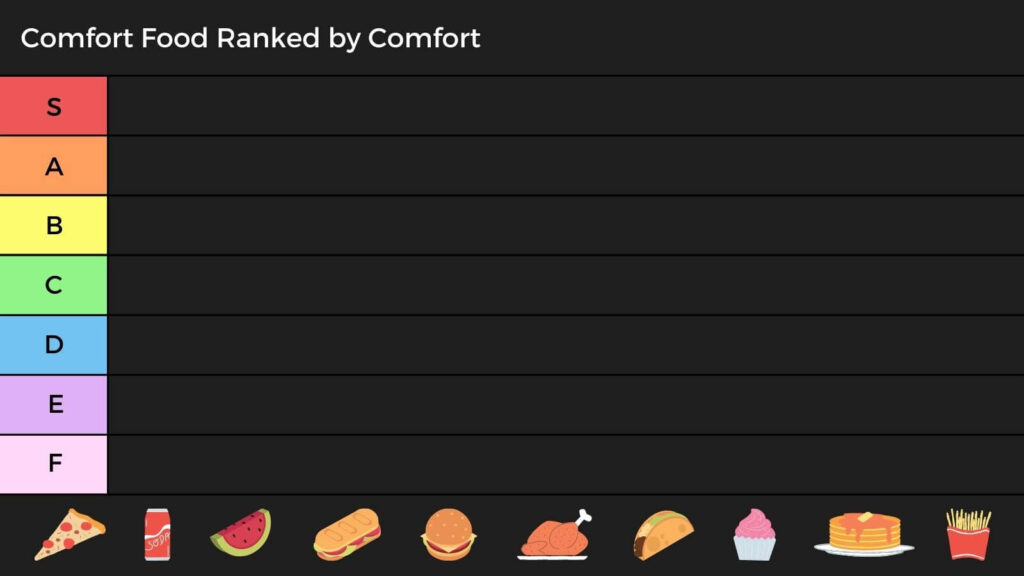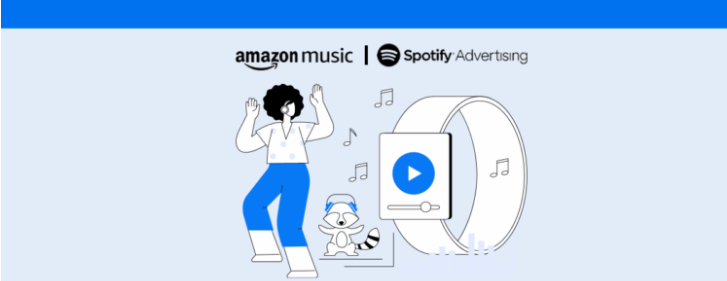Learn what a tier list video is, the benefits of using this format on YouTube, and get tips to help with your production process.
A tier list is a content format that has been gaining more and more traction on the internet, especially on YouTube.
This is because this type of video generates engagement and sparks debates among viewers, helping boost the channel and expand the reach of content creators.
But what exactly is a tier list, and why is this model so successful?
In this article, you will understand how tier list videos work, as well as discover strategies and platforms that help you create tier lists more easily. Keep reading!
What is a tier list video?
A tier list video is one where the creator organizes items related to a particular topic into categories ranging from best to worst.
These categories are typically represented by letters like S, A, B, C, D, and E.
This ranking system originated in discussion forums and competitive gaming but spread across the internet due to its ability to spark conversations among viewers who consume the content.
On YouTube, this format became very popular as it is simple to produce, straightforward, and tends to generate great engagement with the audience – which is great for leveraging the platform’s algorithm in your favor.
For example, if you have a channel about movies, you could create a list ranking all the works of a specific director.
Or if your content is about gastronomy, you could organize the best (and worst) dishes of a regional cuisine.
The possibilities are endless and vary depending on the niche. What matters is the clarity of your evaluation criteria and how you justify the rankings, inviting viewers to agree, disagree, or share their opinions.

What does each classification in a tier list mean?
The traditional way to organize a tier list involves classification tiers represented by letters, with each corresponding to a level of quality or preference regarding the item being evaluated.
Typically, the scale includes S, A, B, C, D, and E, but nothing prevents you from customizing it with more or fewer categories. Below is an explanation of each tier:
- S: The highest classification, meaning “Superior” or “Special.” It’s reserved for items considered exceptional, those that stand out significantly compared to the others.
- A: Represents “Excellent.” It’s one step below S because it hasn’t reached “perfection,” but it’s still of very high quality or relevance.
- B: Denotes “Good” or “Above average.” Items in this category generally have positive qualities but may lack the necessary brilliance to be in A or S.
- C: The “Median” zone. These are items that meet the basics without many positive surprises.
- D: “Bad” or “Below average.” It has flaws or fails to meet expectations in several aspects, preventing it from reaching higher tiers.
- E: The worst level of the list, typically something “Very bad” or “Unacceptable.” Items in this category often have multiple negative points and should be avoided.
This scale facilitates quick understanding by the audience and also stimulates discussions since each person may have a different perception of what is “bad,” “good,” or “excellent.”
Additionally, many tier lists include justifications for each ranking, enriching the content and showcasing the creator’s knowledge (or humorous opinion).
Why invest in tier list videos?
Therefore, we can already see that tier lists offer several advantages for creators who invest in this format. Among the main ones, it’s worth highlighting:
- Ease of creation, as it doesn’t require extensive editing or setup. You can simply share the screen, show the list, and drag items to categories while explaining your choices.
- High engagement, since people love debating rankings. This format generates many comments, shares, and even reactions on social media. The more identification (or disagreement) from the audience, the greater the impact tends to be.
- Versatility of themes. From TV shows to types of chocolate, marketing strategies, or video game characters, just adapt the theme to your niche and content style.
- Timeless format, as it can be revisited in the future, creating evergreen content. Of course, some tier lists may become outdated if the subject changes a lot, but generally, this style remains interesting over time.
- Viral potential. When the tier list addresses a controversial or very popular topic, the chances of going viral increase significantly. This can expand your channel’s reach and attract new subscribers.
How to choose the theme for the video
As mentioned earlier, the success of a tier list video largely depends on how relevant the theme is to your audience.
To make the right choice, it’s important to research trends using tools like Google Trends, observe conversations on social media, and pay attention to comments on your channel, identifying what is trending or piques curiosity.
Additionally, it’s essential to maintain a connection with the niche you’re working in, as this ensures more coherence with the proposed content.
For instance, if the channel is about technology, a tier list of recent smartphones makes sense. However, if the channel is about cooking, you can rank typical recipes from a particular country.
Finally, engaging the community by asking what themes followers would like to see increases active participation and boosts the chances of success.
How to plan and structure the content
Although the tier list format on YouTube may seem simple, it’s important to have at least some planning to ensure the content is clear and engaging.
Here are a few tips to help with this process:
- Define the items
First, select in advance the elements that will be part of the ranking.
Choose a reasonable number: if there are too many, the video might become lengthy and tiresome. But if there are too few, it might not be interesting enough. - Establish criteria
Also, clarify what you are evaluating – quality, historical relevance, cost-effectiveness, personal taste, etc.
By explaining these criteria at the beginning or throughout the video, you make the process more transparent. - Script it
Even if it’s just an outline, plan the order in which the items will be discussed. Think also about how to comment on each item concisely, so the video doesn’t drag on too much. - Watch out for the length
It’s not always an advantage to extend the content too much. Therefore, keep the pace and try to balance speed with depth in the analysis.
After all, very long videos can lose part of the audience, while very short videos might not allow enough room for a good discussion. - Prepare visuals
If it’s relevant to the topic, gather images, video snippets, or illustrations that help present each item visually. This will make the content more dynamic for the viewer. - Use tools to create your tier list
If you don’t know how to create your tier list practically and intuitively, there are some image editing tools that can assist in this process.
For example, Canva is a great option: even though it’s not exclusively focused on this format, it provides templates for creating custom designs with boxes, colors, and captions.
You can simply drag the items into each category and export the image or presentation.
The most important thing is to keep the visualization clear, with well-defined tiers, to facilitate understanding and encourage audience interaction.

Best Practices for Videos
Finally, to succeed with your tier list videos, it’s important to follow some good production practices for YouTube. Here are some of them:
- Attractive thumbnail and title: The thumbnail is the first point of contact with the audience. Therefore, use eye-catching colors, large fonts, and if possible, a preview of the theme, so the viewer immediately understands that it’s a tier list.
- Brief and impactful introduction: Quickly explain what the topic is and the logic behind your list, to retain the audience’s attention before getting to the main content.
- Contextualize the items: Always provide a basic context for each item, even if it’s something well-known. Not everyone watching knows the topic inside-out, and this can attract new audiences.
- Encourage participation: At the end of each ranking, invite viewers to share their opinion in the comments. For example, ask them what they would change and why. This helps create an engaged community that will come back to see if you respond or interact.
- Take care of audio and lighting: Even if the format is simple, technical quality matters. So, try to ensure a well-lit environment, minimal background noise, and if possible, make small post-production adjustments.
- Plan the editing: Small effects like zoom-ins, intros, or highlighted captions can make the video more dynamic. However, be careful not to overdo it and distract the audience from the main point: the ranking.
Also, remember that authenticity is key to keeping the audience engaged.
So, if you show passion or genuine knowledge about the topic, viewers will be more inclined to participate and share your content.
Did you enjoy the tips on how to produce tier lists on YouTube?



